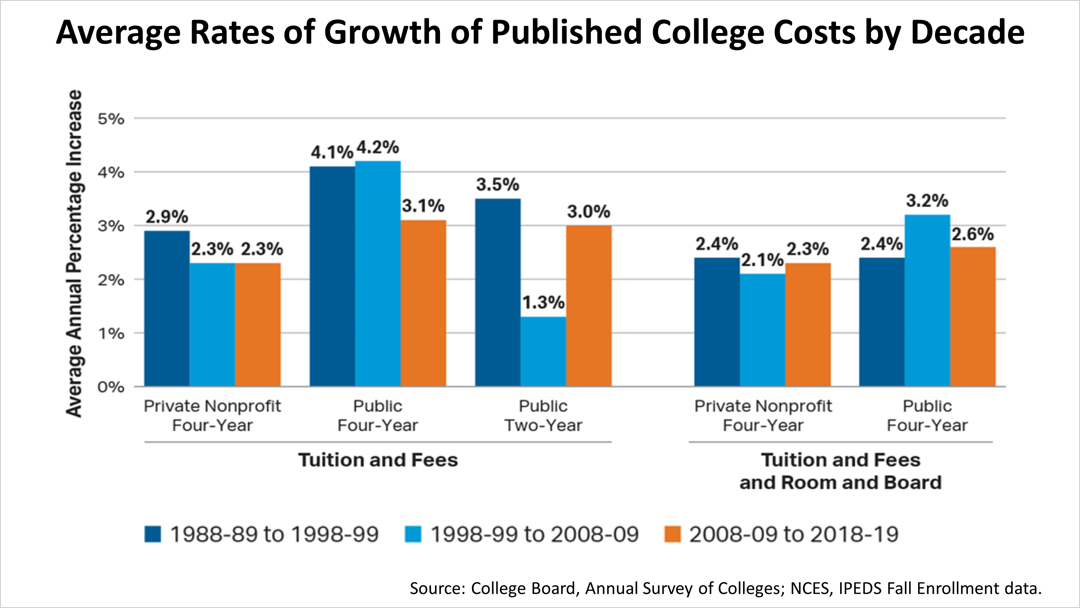Strategic Considerations In Funding College
Published Friday, November 30, 2018 at: 7:00 AM EST

Federal tax laws can help you fund a child or grandchild's college education in a variety of ways. Some key strategic considerations are outlined below:
529 gets broadened, the pro and con. Named after a section of the tax code, 529 college savings plans have been a revolutionary tool in the struggle to pay for higher education, which for decades has risen in cost much faster than the U.S. rate of inflation. 529s enable you to contribute an unlimited amount of after-tax dollars. 529s grow tax-free and withdrawals are also tax free, if used to pay for books, tuition, room and board. The Tax Cuts and Jobs Act extended the 529's reach, so starting in 2018 you can use a 529 to pay for private pre-college education, K-12. Religious, military, gifted, and other specialized primary and high schools are, thus, more affordable. Keep in mind, paying for a child's education earlier could hurt savings for college. College and graduate schools generally cost much more than K-12 at a private school.
Be clear on a 529's limits. What if you don't use all the 529's proceeds? There are many ways to pay for college: financial aid and parents' pitching in, a student taking a side job to support paying tuition, etc. If a balance remains in the 529 account, you're generally paying for expenses other than education — like a down payment on a first home, is not permitted. If you use the proceeds for anything other than education, you pay a 10% penalty and income tax on the earnings segment of the withdrawal. A better idea: channel the money to a relative for schooling purposes.
© 2024 Advisor Products Inc. All Rights Reserved.
